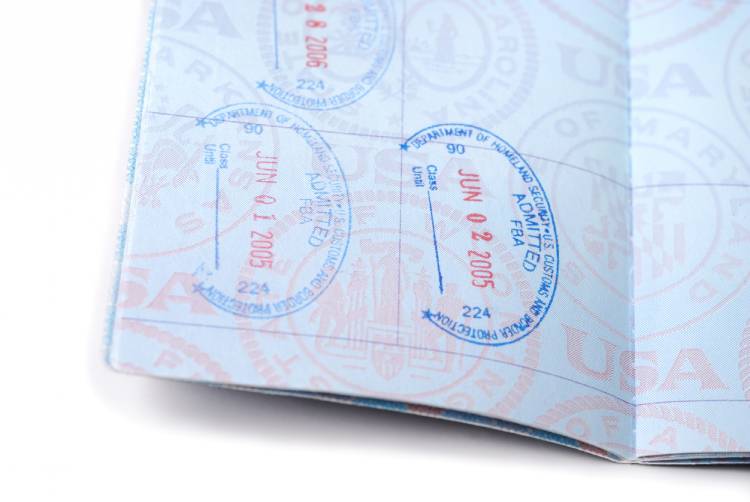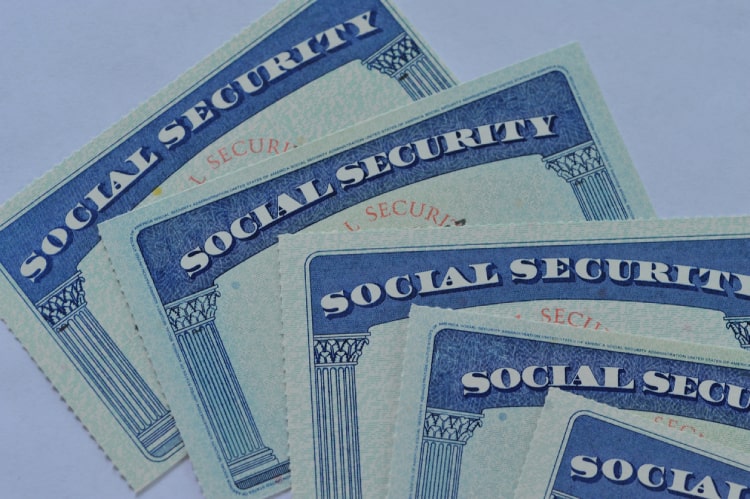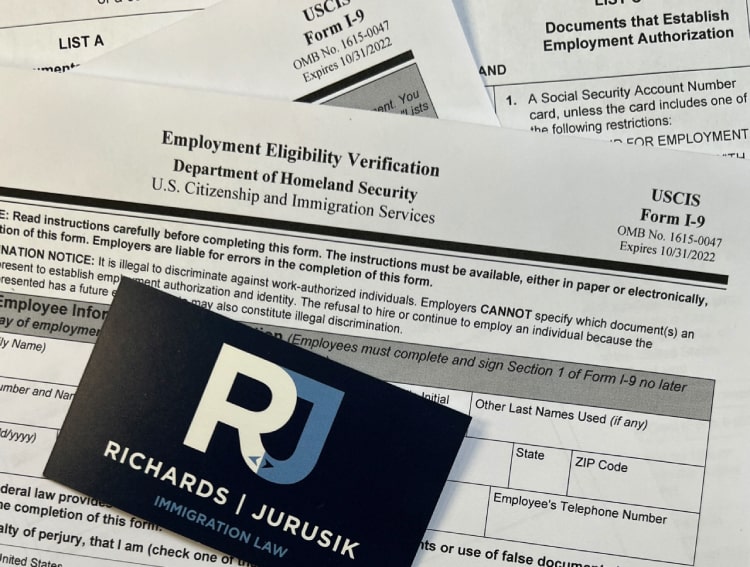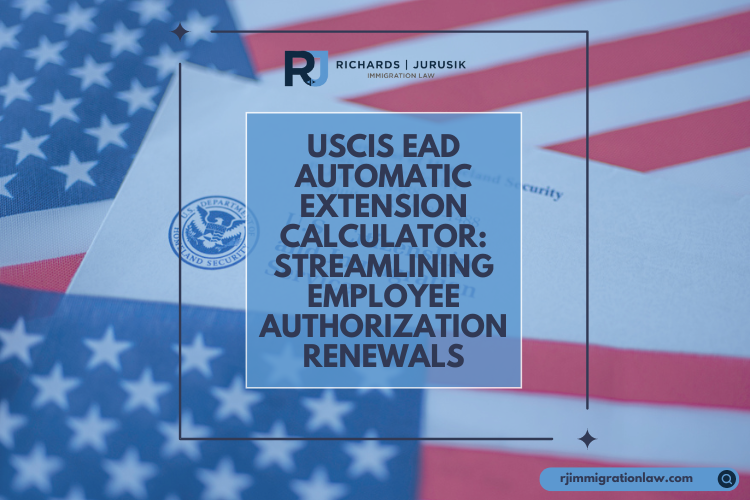

For many individuals planning a visit to the United States on a B1/B2 Visa, presenting a well-crafted invitation letter can significantly strengthen their application. While not mandatory, an invitation letter from a U.S. citizen or Legal Permanent Resident (LPR) can positively impact the visa process, especially when it highlights strong ties to the applicant’s home country. Here, we explain what makes an effective invitation letter for a U.S. visitor visa.
The letter should originate from the host and detail their relationship with the visitor. It should be dated, contain both parties’ full information, and specify the hosting arrangements and travel dates. Crucially, it should emphasize the temporary nature of the stay in the U.S.
Below is a template of how such a letter might be structured:
[Host’s Full Legal Name]
[Host’s Full U.S. Address]
Dear [Visitor’s Full Legal Name],
I, [Host’s Name], am delighted to invite you to the United States to celebrate my 50th wedding anniversary in Buffalo, NY, on February 21, 2050. You will be accommodated at my Buffalo, NY, residence from February 21 to February 28. Our plans include visiting Niagara Falls, Letchworth State Park, and Fort Niagara. I will cover the costs of your round-trip airfare, food, and medical insurance during your stay. Your presence would mean a lot to us.
[Host’s Contact Information]
Accompany this letter with relevant documents such as event invitations, proof of roundtrip airfare, host’s identification or passport, accommodation proof, and a detailed travel itinerary.
For B Visa applicants, remember:
Crafting an invitation letter with these elements can significantly enhance the credibility of your B1/B2 Visa application and facilitate your travel plans to the United States.
You may have questions regarding U.S. immigration laws and visas. We invite you to contact our team at Richards and Jurusik for detailed guidance and assistance. We aim to provide the most accurate and up-to-date information to make your immigration process smoother and less stressful. The immigration lawyers at Richards and Jurusik have decades of experience helping people to work and live in the United States. Read some of our hundreds of 5-star client reviews! Contact us today to assess your legal situation.

The P-3 visa allows artists and entertainers to come to the United States to perform, teach, or coach as part of a culturally unique program. The P-3 allows individuals and groups to enter the United States to provide a performance or presentation that is culturally unique.

Becoming a Lawful Permanent Resident (LPR), or “green card” holder, marks the start of a new chapter of opportunities in the United States. This status allows individuals to live and work anywhere within the country and paves the way for them to apply for U.S. citizenship, given that they meet specific criteria. The journey to LPR status navigates through various classes of admission as outlined by the Immigration and Nationality Act (INA). This article examines these classes and avenues, such as family reunification, economic contributions, humanitarian grounds, and diversity visas, and examples of each class.

Suppose you are working in the United States on a nonimmigrant visa. In that case, your employer will ask for your Social Security number (SSN) and proof of your legal authorization to work in the United States. Only those authorized to work in the United States by the US Department of Homeland Security (DHS) can obtain an SSN. But if your visa has expired, you’ve changed employers, or you have a new visa, what happens to your SSN?

The USCIS Form I-9 is not merely administrative paperwork but crucial for verifying employment eligibility for U.S. citizens and non-citizens. Here, we go into the vital details every employer must know to navigate this process smoothly. Critical Deadlines for Completing Form I-9 Meeting specific deadlines is fundamental for the efficient completion of Form I-9: Section…

USCIS introduces the EAD Automatic Extension Calculator, a valuable tool for employers. Learn how this calculator simplifies the calculation of new EAD expiration dates for eligible employees, facilitating a seamless renewal process. Explore the details and eligibility criteria to ensure compliance with automatic extensions.

Navigating U.S. visa options can be daunting for those looking to travel, work, or live in the United States. Thankfully, the U.S. Department of State provides an invaluable resource—the U.S. Visa Wizard. This online tool simplifies the process by helping you determine which visa category might be suitable for your travel purposes.